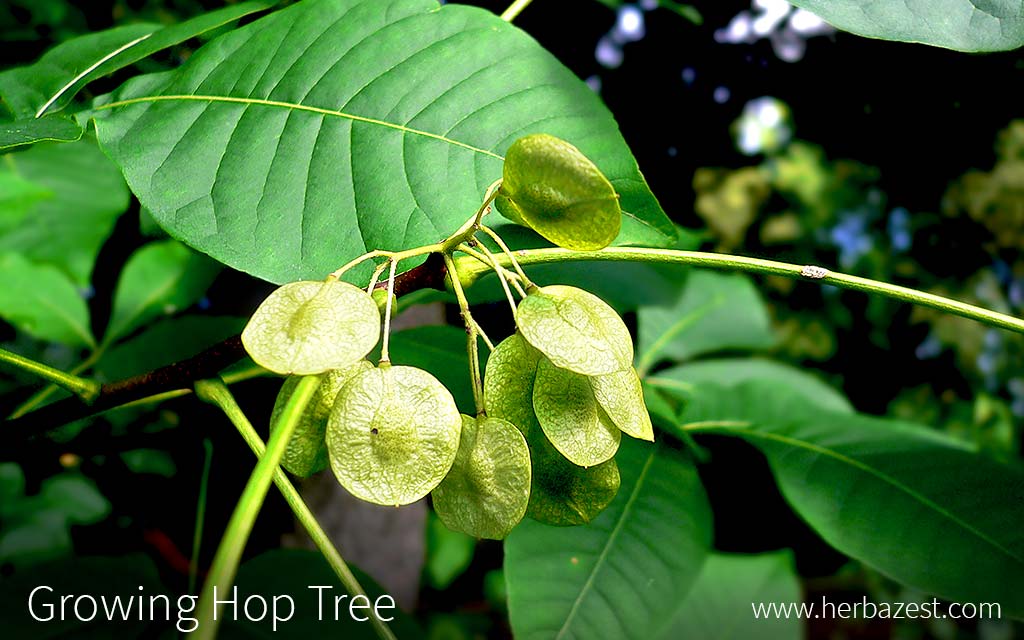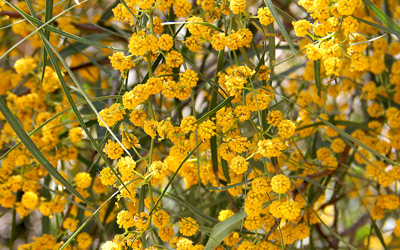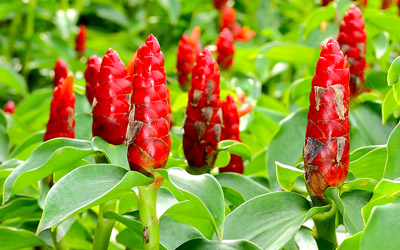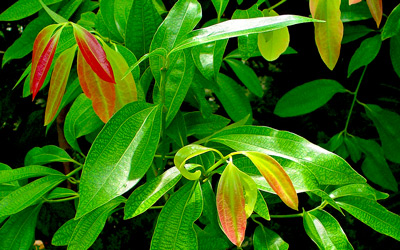The hop tree, also known as hopseed tree, wafer ash, and many other common names, is not only a low-maintenance shrubby tree, with leaves that bring an attractive greenish-yellow color to an autumn garden; it also offers potential health benefits that make it worth it to have it in an area that fits its space needs over time. These easy to follow growing guidelines will help you to plant and take proper care of wafer ash.
1. Preparing the Soil
The hop tree can grow in a range of soils. Soil that is either clay, sand, or loam - as long as it is also well-drained - can support hop tree growth. The soil can also be very dry, as the roots need little water.
The hop tree can survive in soil that is slightly alkaline, but it grows best in neutral to acidic soil. Ideally, the soil should have a pH level of 5.5 - 7.5, but this tree may tolerate pH levels up to 7.8.
Before planting a hop tree, the soil should be loosened at the same depth of the plant container and amended with a good amount of compost or manure.
2. Planting
Planting Hop Tree Outdoors
Hop tree is commonly cultivated from seeds, but it may also be propagated by budding, layering, or grafting. However, these methods require an already-grown hop tree, so many gardeners who are new to growing this species choose to start with seeds.
While the hop tree can survive in full sun, it is advised to choose a spot that receives partial to full shade for optimal growth. It does best in temperate regions, although it can grow in warm areas as well. It thrives naturally in hardiness zones 4 - 9.
The seedling must be placed in a hole as deep as the container in which the plant has been growing, making sure the top of the root ball is at ground level. To bring additional protection and retain moisture, the base of the young tree can be surrounded by a two- to four-inch (5 - 10 cm) thick layer of organic mulch, which can be replenished as needed during the growing season.
The hop tree will bloom in midsummer, and the blossoms will be followed by the fruit that gives this tree one of its common names: wafer ash, since the fruit resembles flat, round wafers, approximately one inch (2.5 cm) in diameter.
Planting Hop Tree Indoors
Because of its height, a hope tree cannot easily be grown indoors. Its root system requires more space than the one offered by a pot, and the plant will eventually become larger than most houseplants.
The hop tree may be sown in pots indoors in early spring, and transplanted outside when the seedlings are strong enough, after the last frost.
3. Plant Care
Watering
Because the hop tree is drought resistant, it needs very little extra watering. It thrives in dry soil, and overwatering it may actually cause more damage than letting the soil stay dry. Infrequent watering may be beneficial, especially in particularly dry regions with little rainfall.
Fertilizing
The hop tree requires little to no fertilizer to thrive. Using fertilizers that contain nutrients such as nitrogen may be beneficial to the tree, but it will generally grow very well without any extra help.
Pruning
The hop tree should be pruned periodically in order to strengthen its structure. It has very weak branches, and pruning may help it to grow sturdy enough to support its own expansion. Pruning may also be helpful for removing low-hanging or drooping branches.
Weed Control
Weeds are not likely to bother a hop tree. However, it may be advantageous to remove weeds from its vicinity when it is still a sapling. Hand pulling weeds should be sufficient, but some herbicides can be used if necessary.
4. Pest & Disease Control
Luckily, pests are unlikely to cause long-term damage to the hop tree, and it is not susceptible to many diseases.
Pests
The most common pests to attack hop trees are tree-hoppers. They can attack the leaves, causing discoloration and the leaves to fall off earlier than they should.
Hop trees are also natural habitats for giant swallowtail butterflies (a protected species) to lay their eggs. This may slightly damage the leaves, but they will grow back unharmed the next spring.
Diseases
The hop tree is most likely to suffer from leaf spot or rust, both fungal diseases that are caused by dampness or a lack of air circulation. Keeping the leaves of the tree dry and allowing plenty of space between plants are two of the best prevention methods for these diseases. If the fungal infections appear despite prevention measures, both diseases can be controlled using fungicides.
5. Harvest
Hop tree remedies are generally made from the leaves, bark, or roots of the tree. Leaves are easiest to harvest; they can be plucked directly from the tree and should be harvested in late summer.
The bark and roots of the hop tree should be harvested later, after the tree's fruit has ripened but before the leaves have faded in the fall. Roots or bark from the roots can be harvested by lifting just a few roots and leaving others in place to continue to support the tree's growth.
6. Storage
Like most herbs, wafer ash can only be stored for long periods of time if it has been dried. After drying the herb in a sunny spot, keep it stored in airtight plastic or glass containers, and be sure to keep it out of the sunlight.





